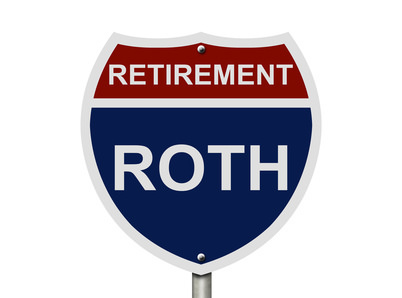
Understanding the In is and Out is of Roth IRAs
Since they were created by Congress in 1997, Roth IRAs have become one of the most popular retirement savings vehicles in America. Their popularity primarily stems from the fact that Roth IRA earnings can be withdrawn tax free in retirement. This is in contrast to traditional IRAs, which require that earnings be taxed at ordinary income tax rates when they are withdrawn.
Know the Rules
However, there are a number of rules and regulations governing Roth IRAs that can make them a little bit confusing. Following is an explanation of the main provisions of Roth IRAs that most investors should understand:
• While Roth IRA earnings can be withdrawn tax free in retirement, this doesn’t mean that taxes are not paid on the money. Roth IRA contributions are made on an after-tax basis, so they do not reduce your current taxable income. Traditional IRA contributions, on the other hand, are made on a pre-tax basis, which may reduce your current taxable income.
• You must meet the age requirement of over 59½ years and 6 months to begin drawing on your contributions. If you attempt this before that age, you will incur a 10% penalty as well as certain additional taxes. Also, a Roth account must be open for a minimum of five years..
• Roth IRAs have the benefit of being able to be transferred to an heir. If a spouse inherits the account, there are no minimum requirements for distribution.
• There are income limits on Roth IRAs that prohibit individuals and couples in higher tax brackets from contributing to them. If your modified adjusted gross income (MAGI) is $129,000 (if you’re single) or $191,000 (if you’re a married couple filing jointly) or more for 2014, you can’t open or contribute to a Roth IRA. If your MAGI is between $114,000-$129,000 (if you’re single) or $181,000-$191,000 (if you’re a married couple filing jointly) for 2014, you can make a partial Roth IRA contribution.
It May Not Be Too Late
You should also note that Roth IRA contributions can be made up until your tax-filing deadline (not including extensions). This means it may not be too late to make a contribution for tax year 2013: Assuming you meet the criteria noted above, you likely have until this April 15 to make a 2013 Roth IRA contribution.
Material contained in this article is provided for information purposes only and is not intended to be used in connection with the evaluation of any investments offered by David Lerner Associates, Inc. This material does not constitute an offer or recommendation to buy or sell securities and should not be considered in connection with the purchase or sale of securities. Member FINRA & SIPC

